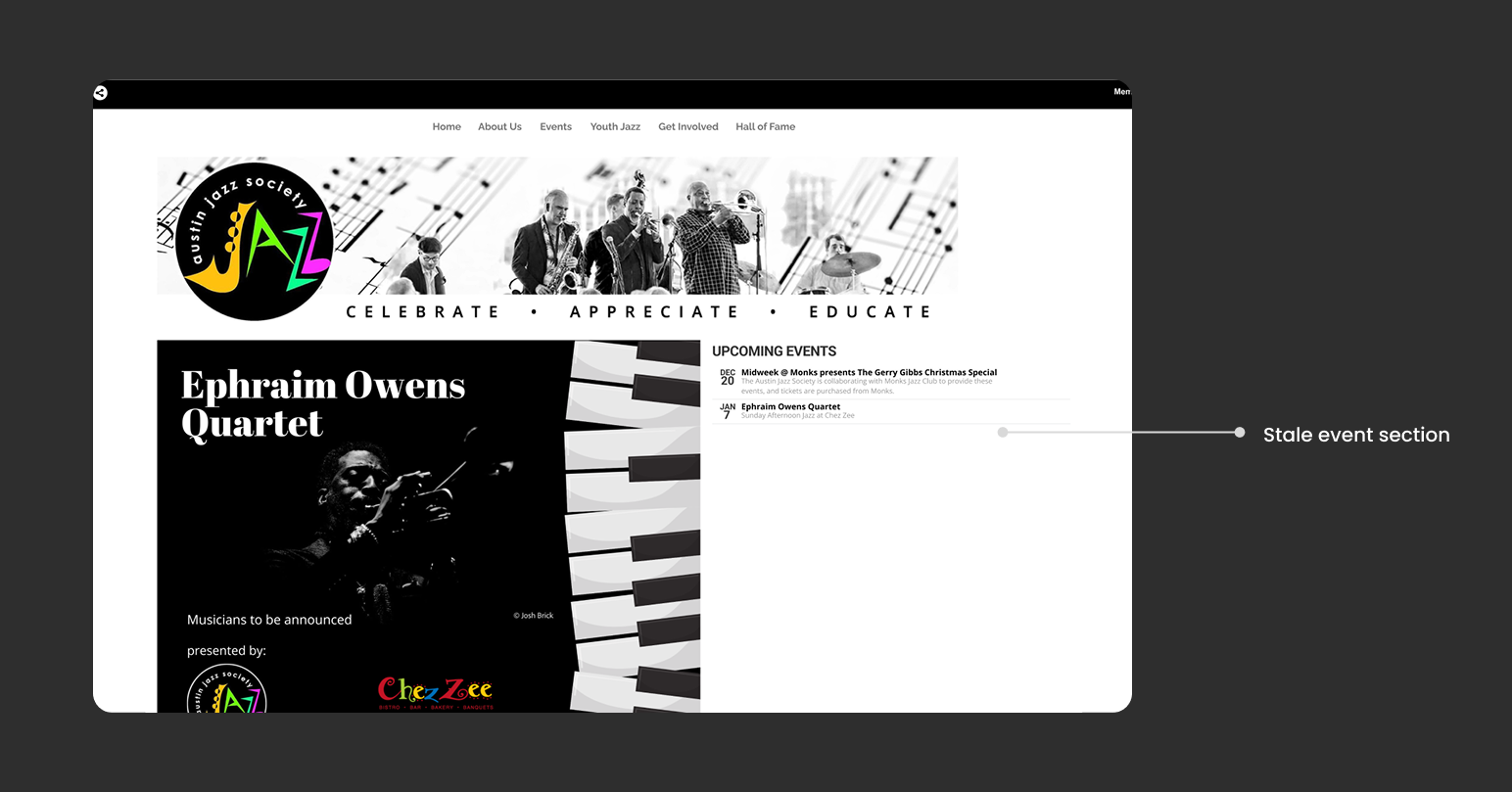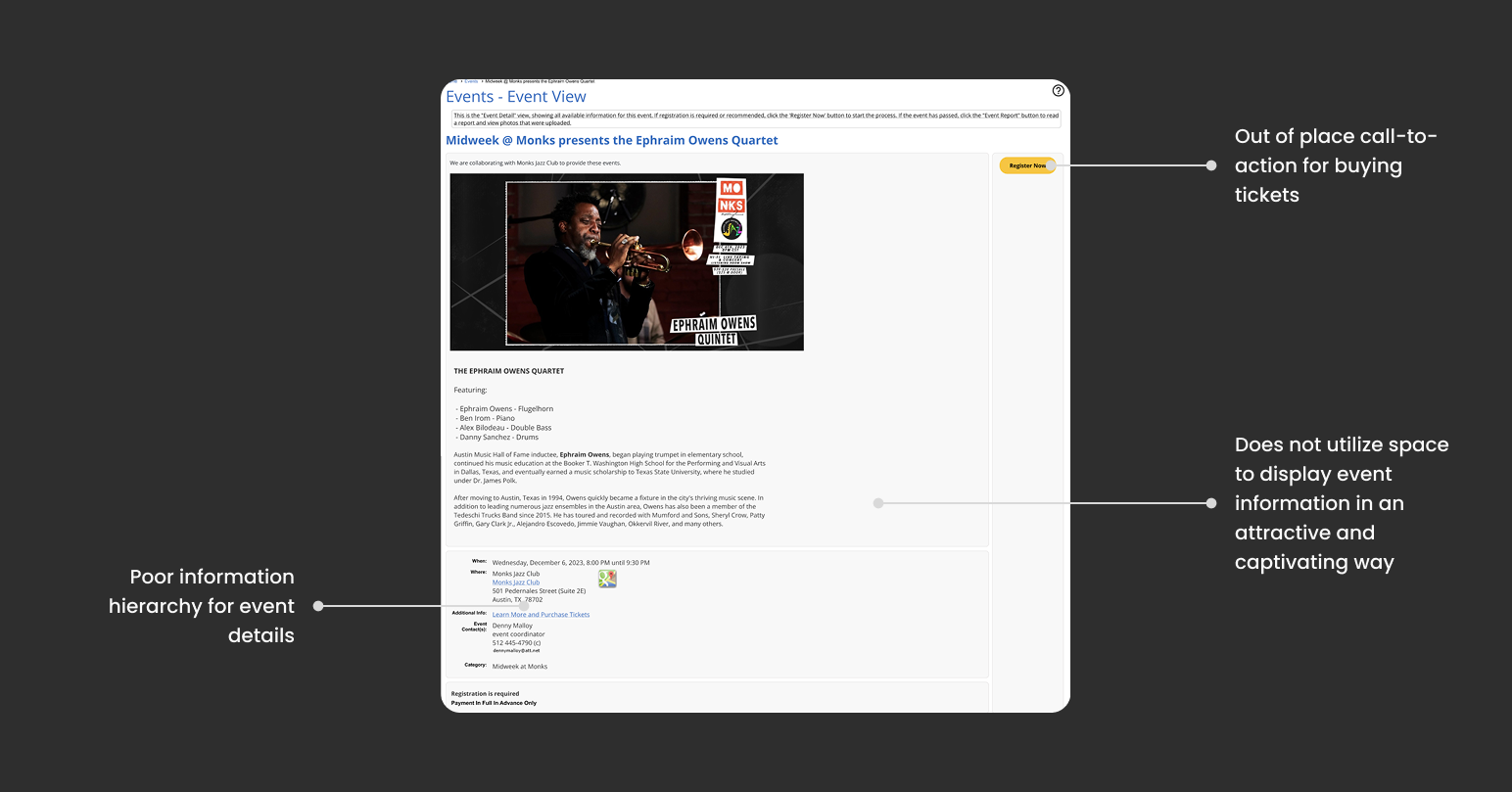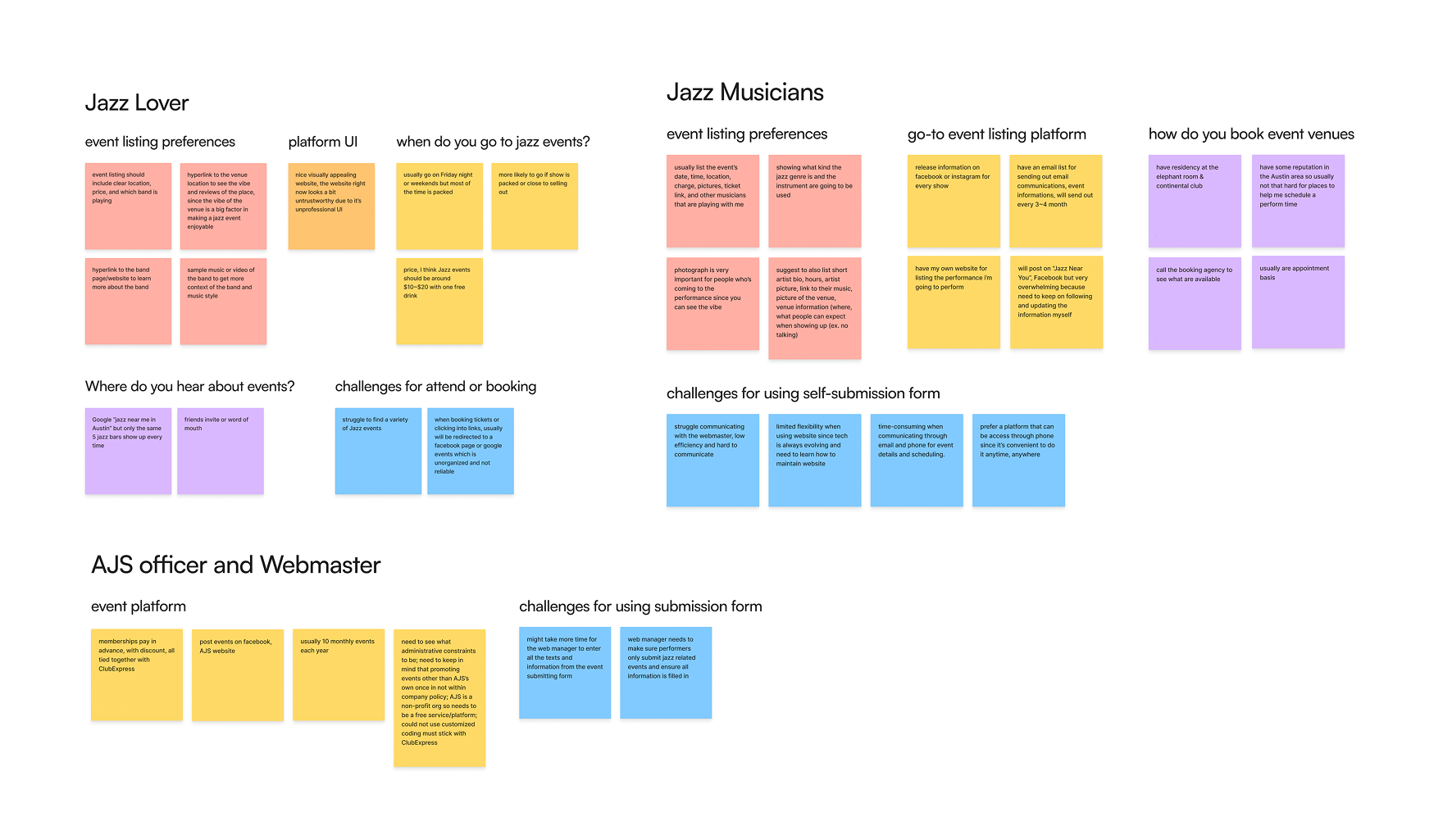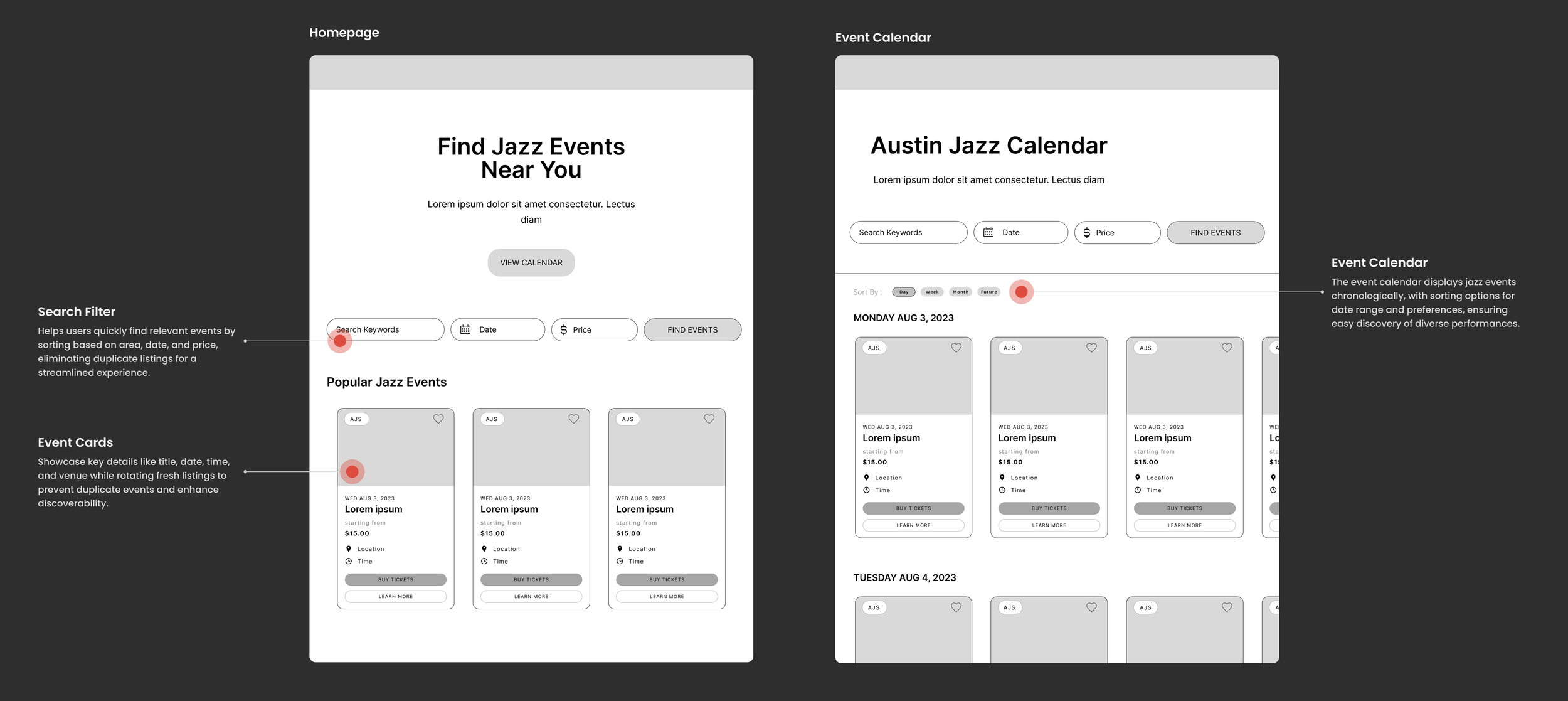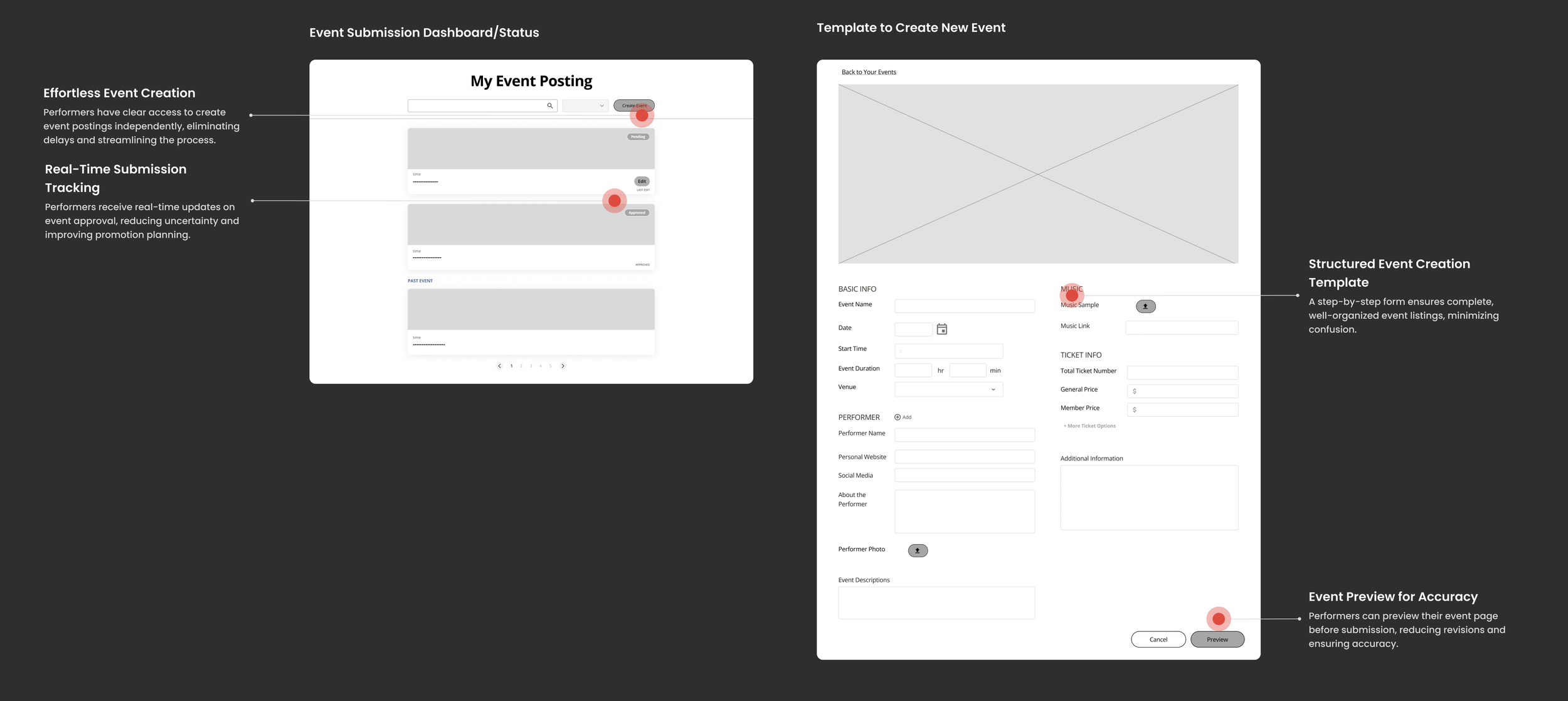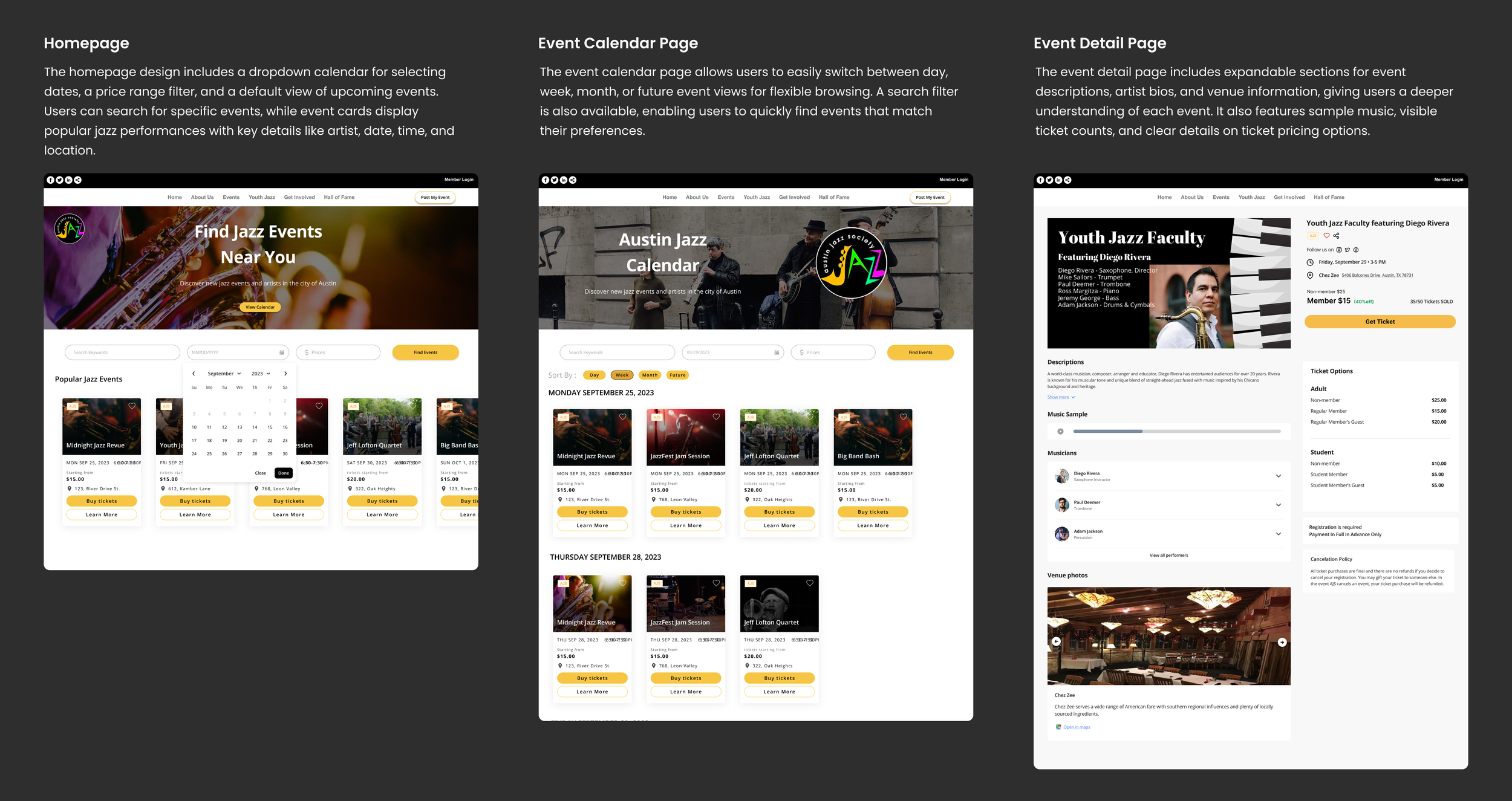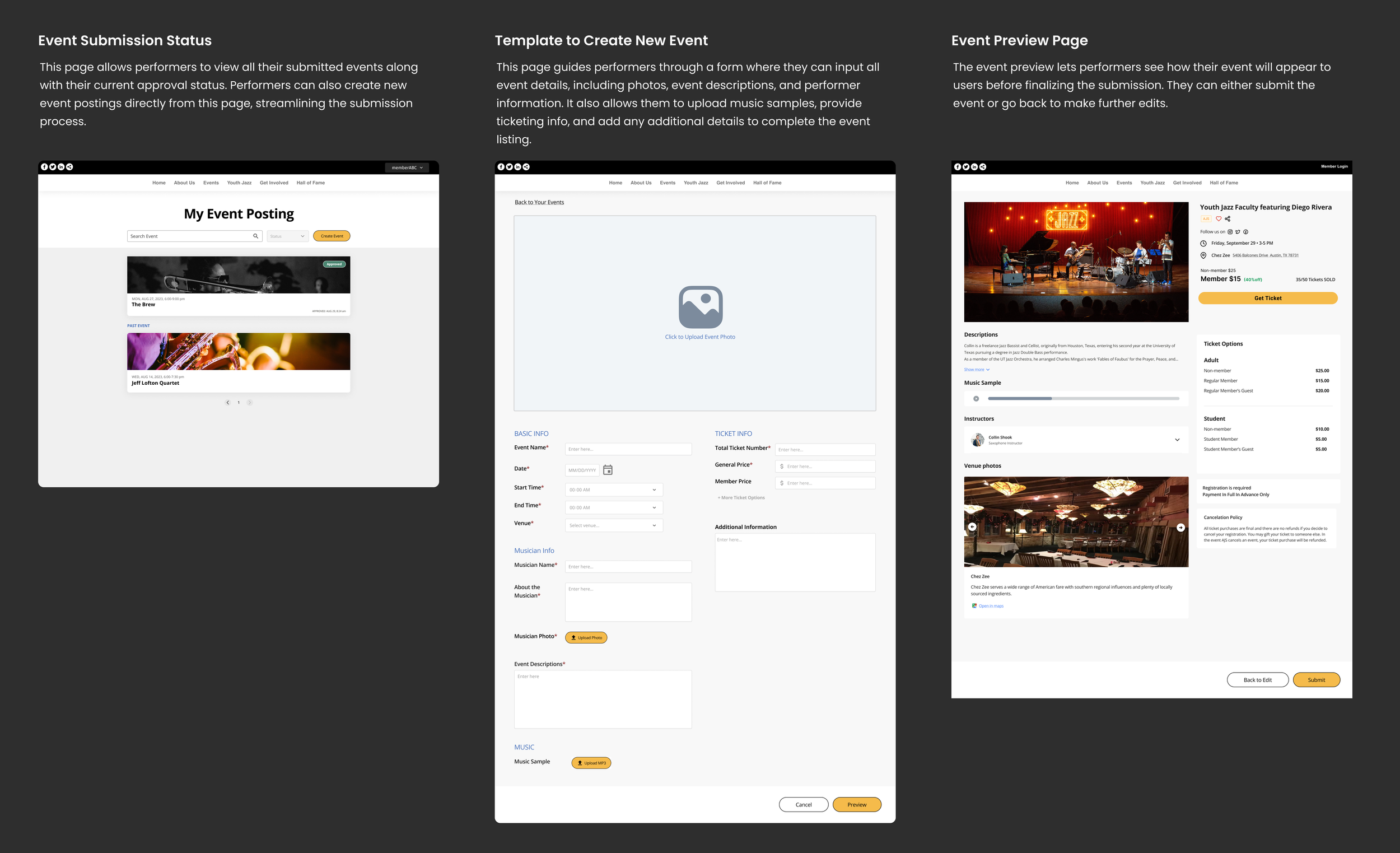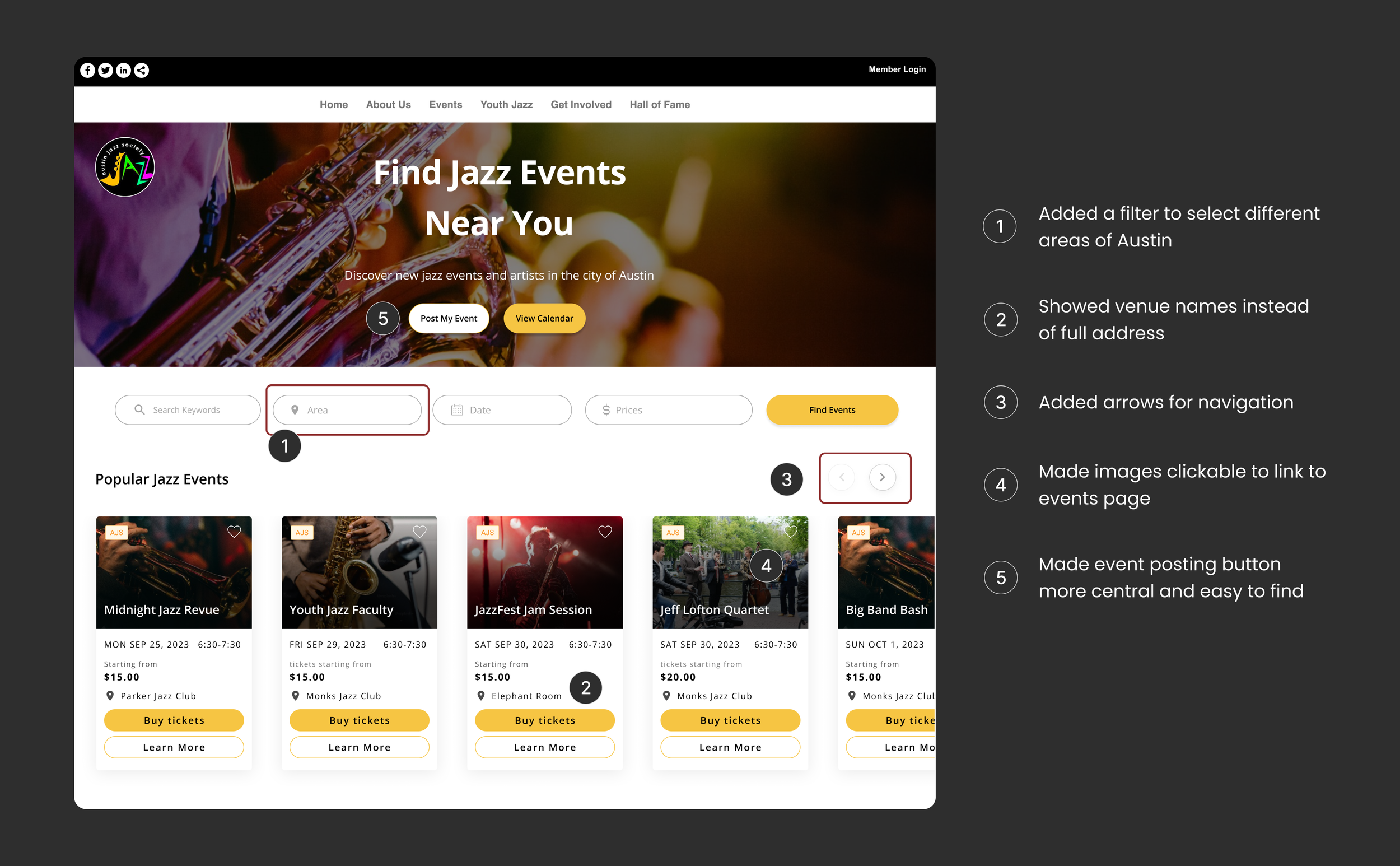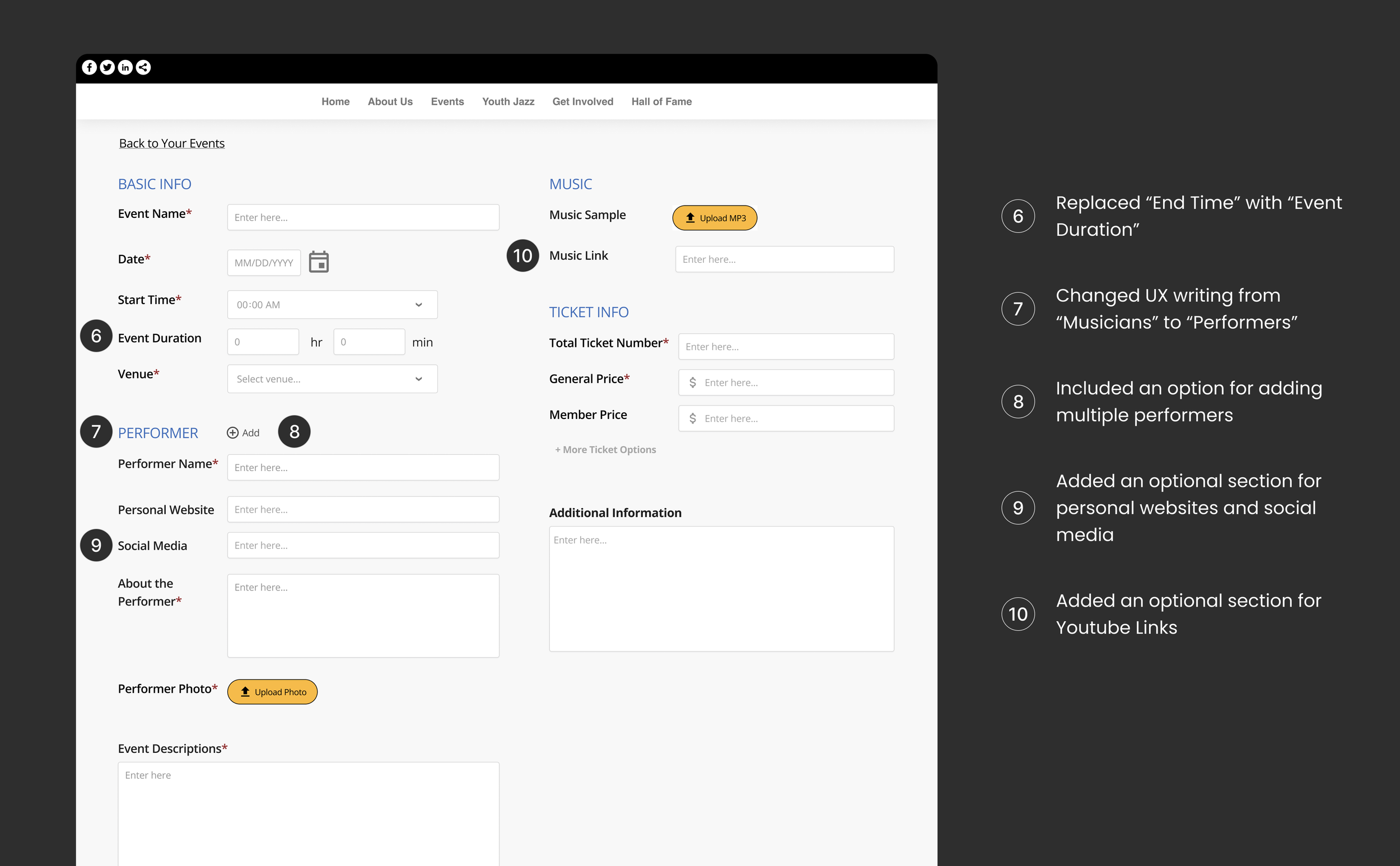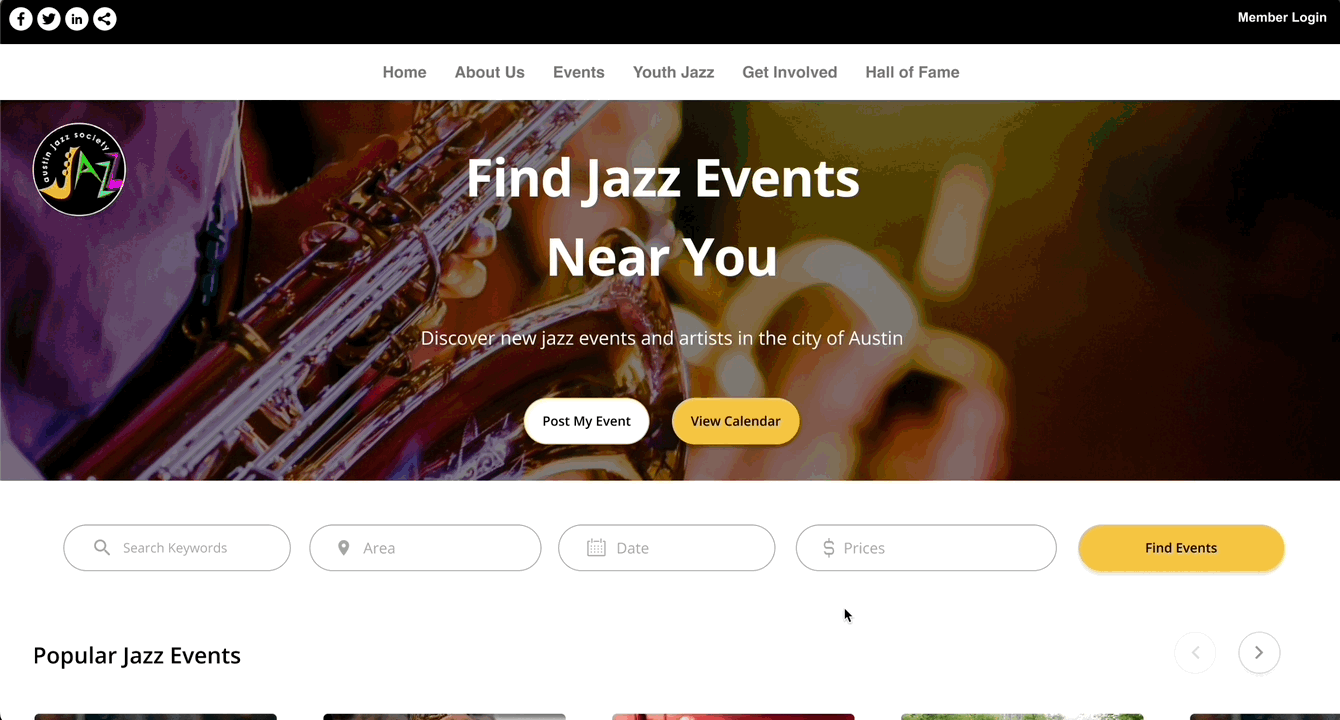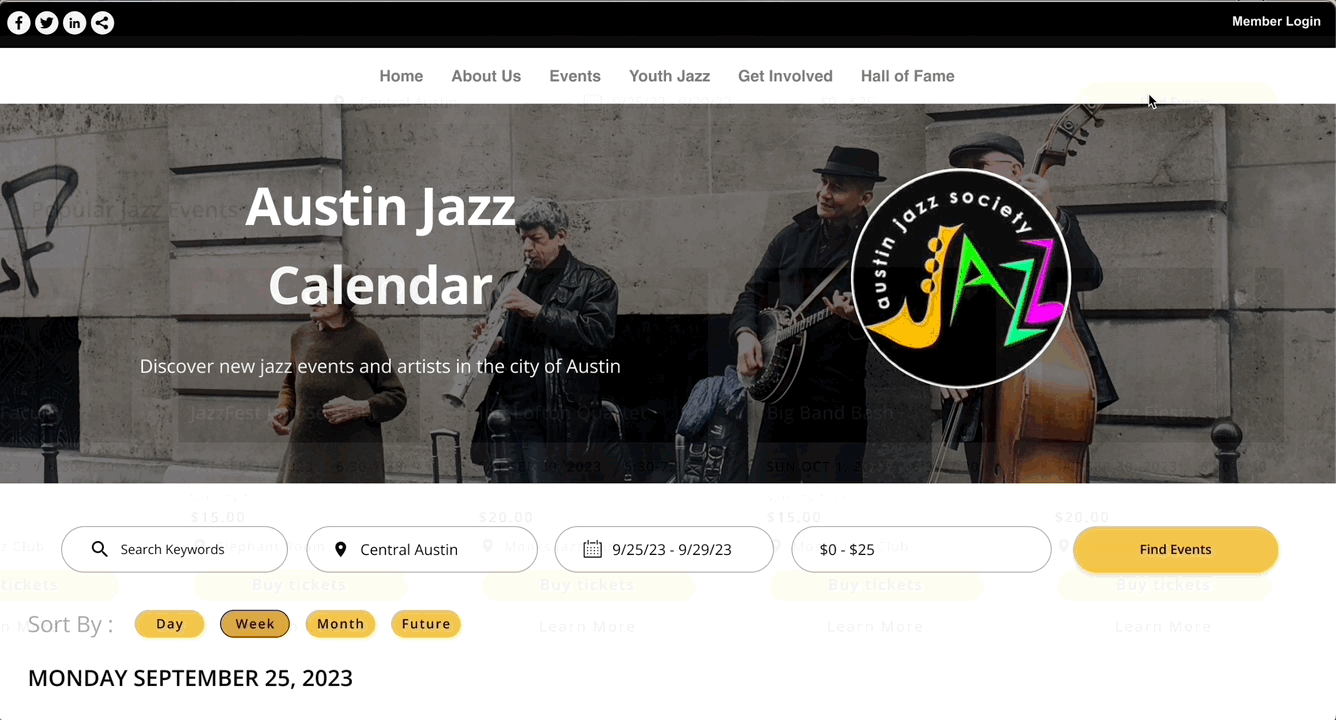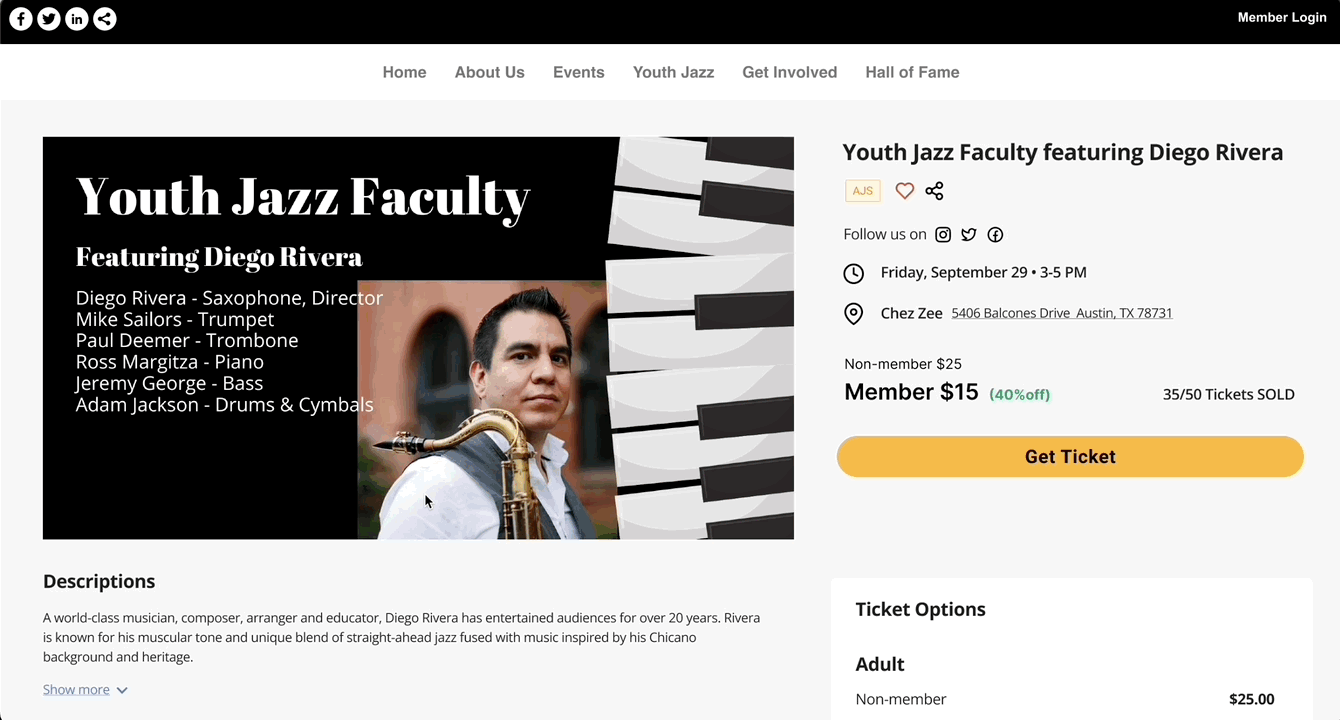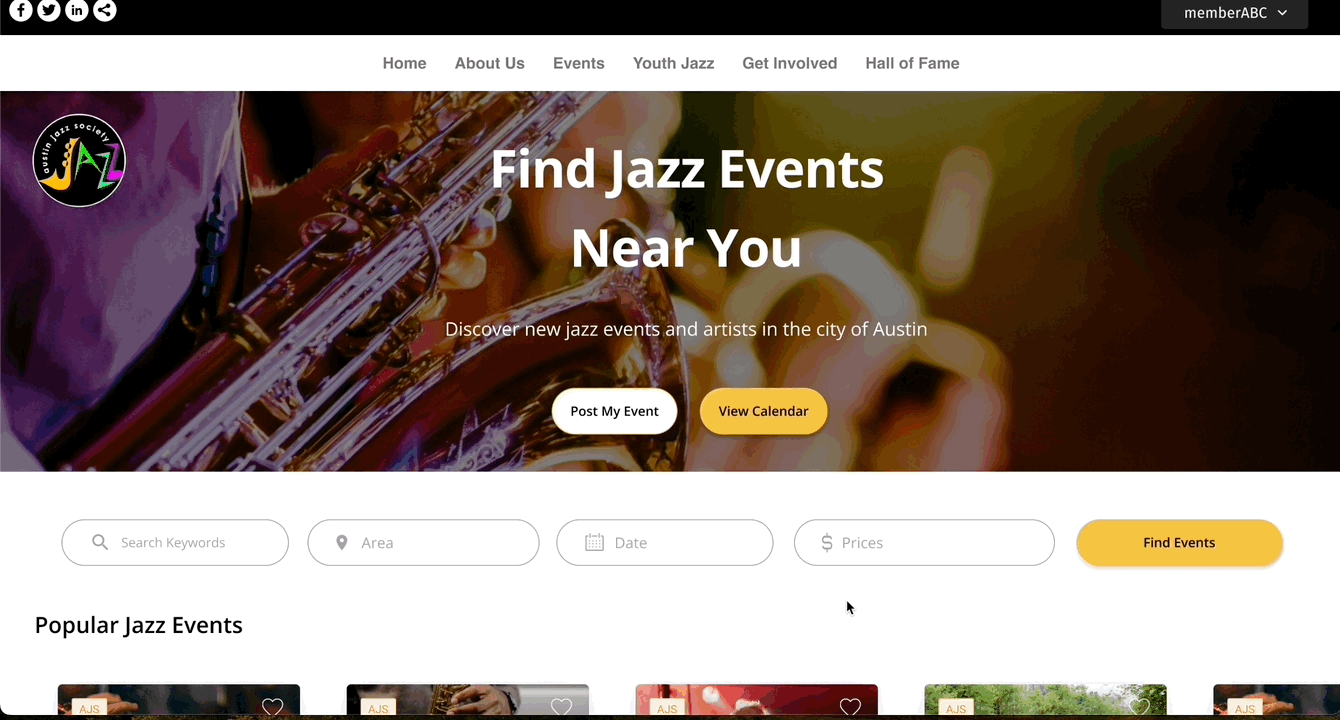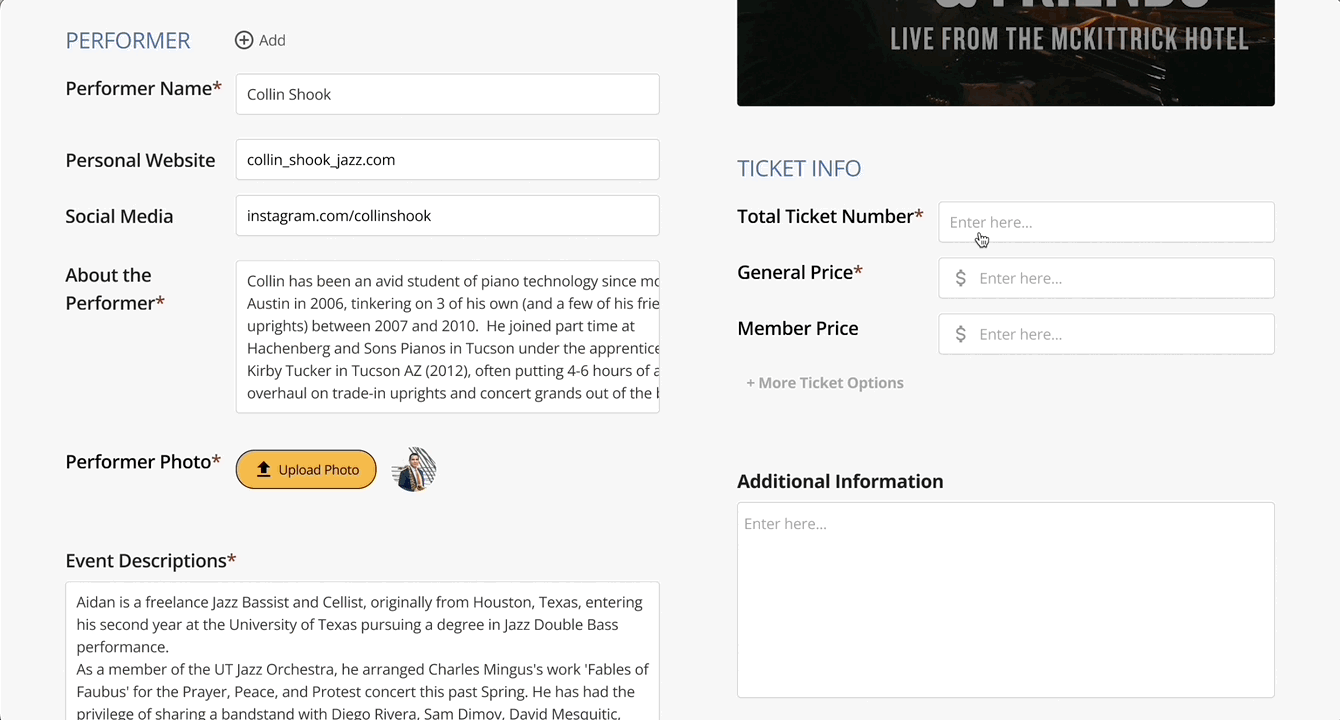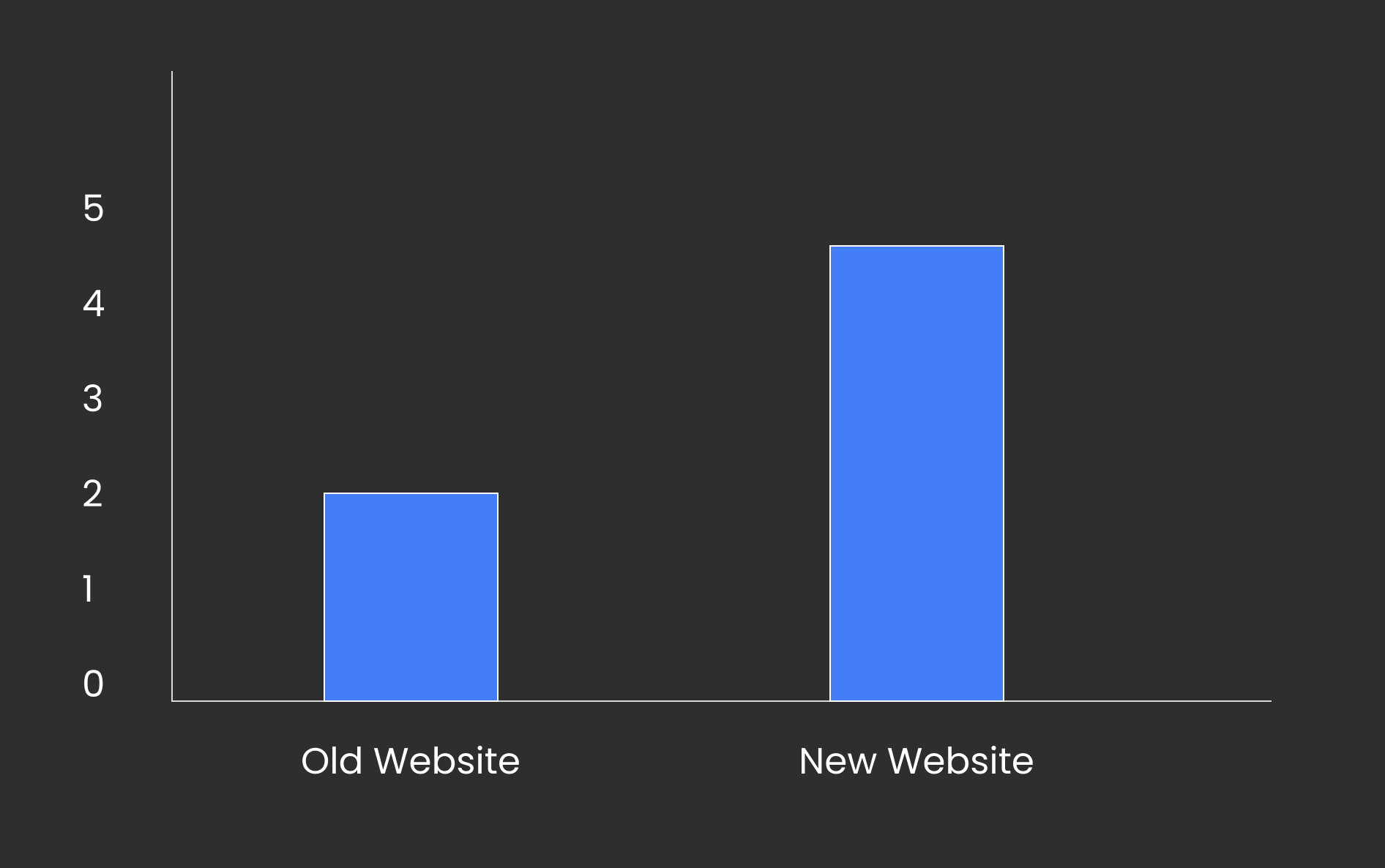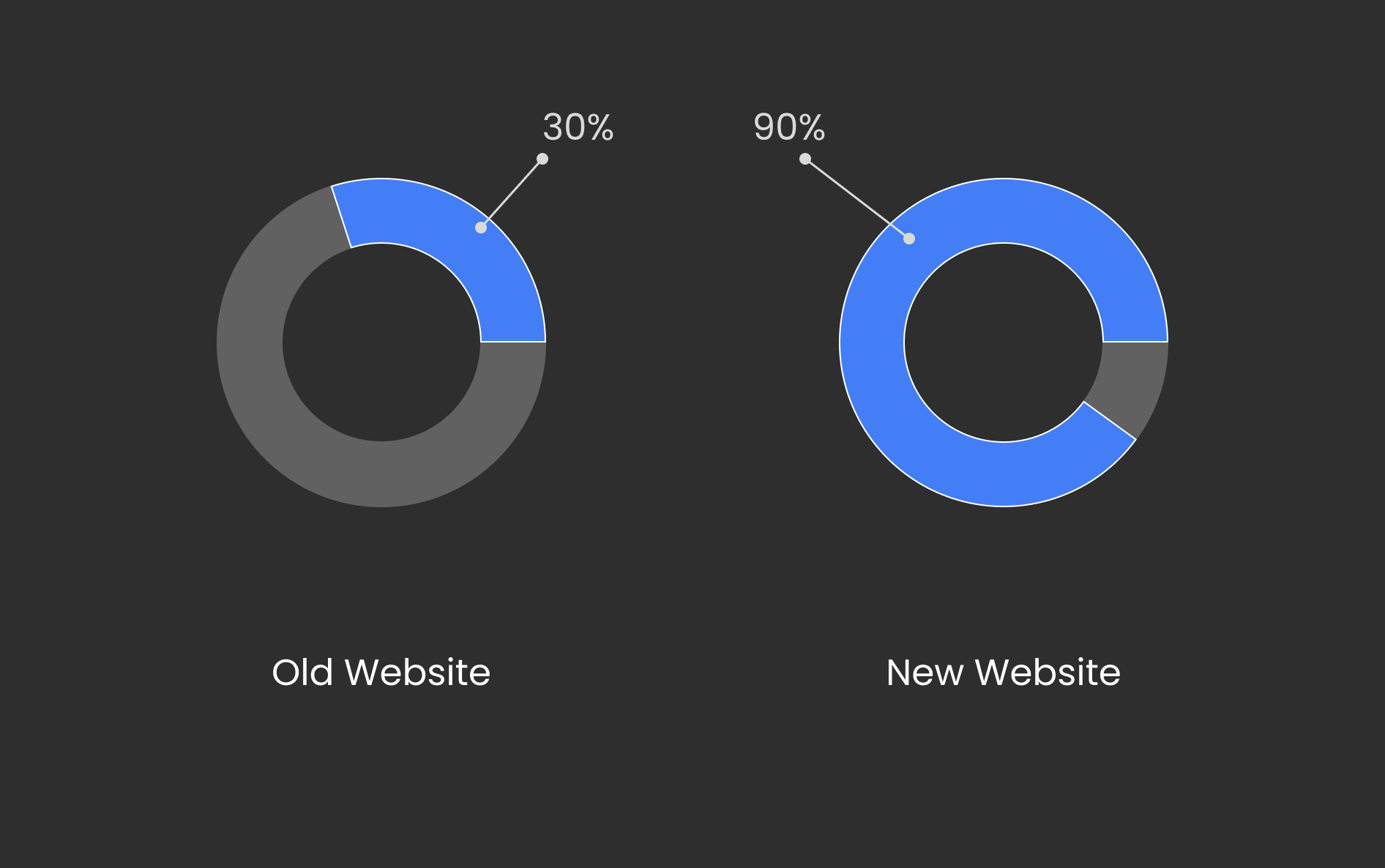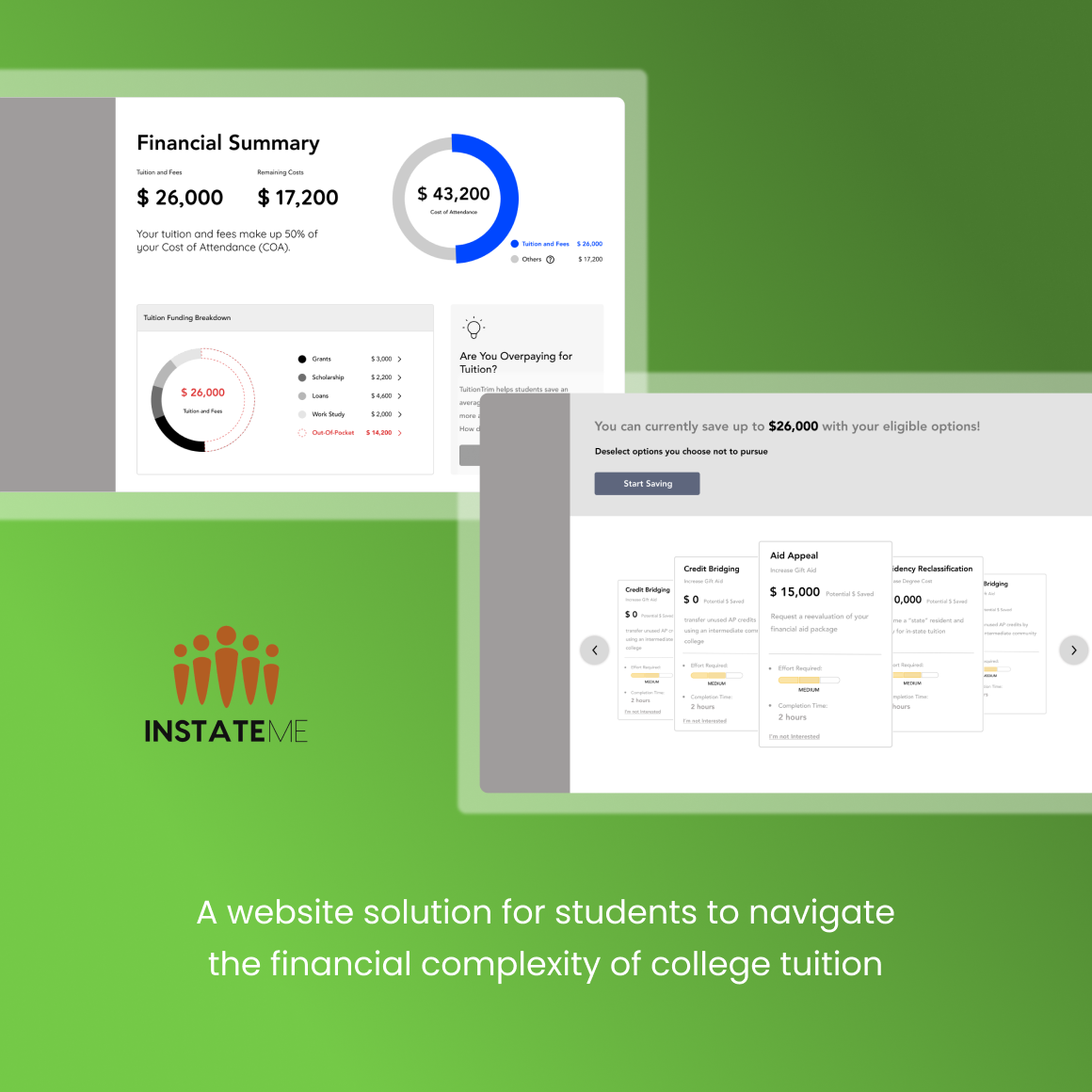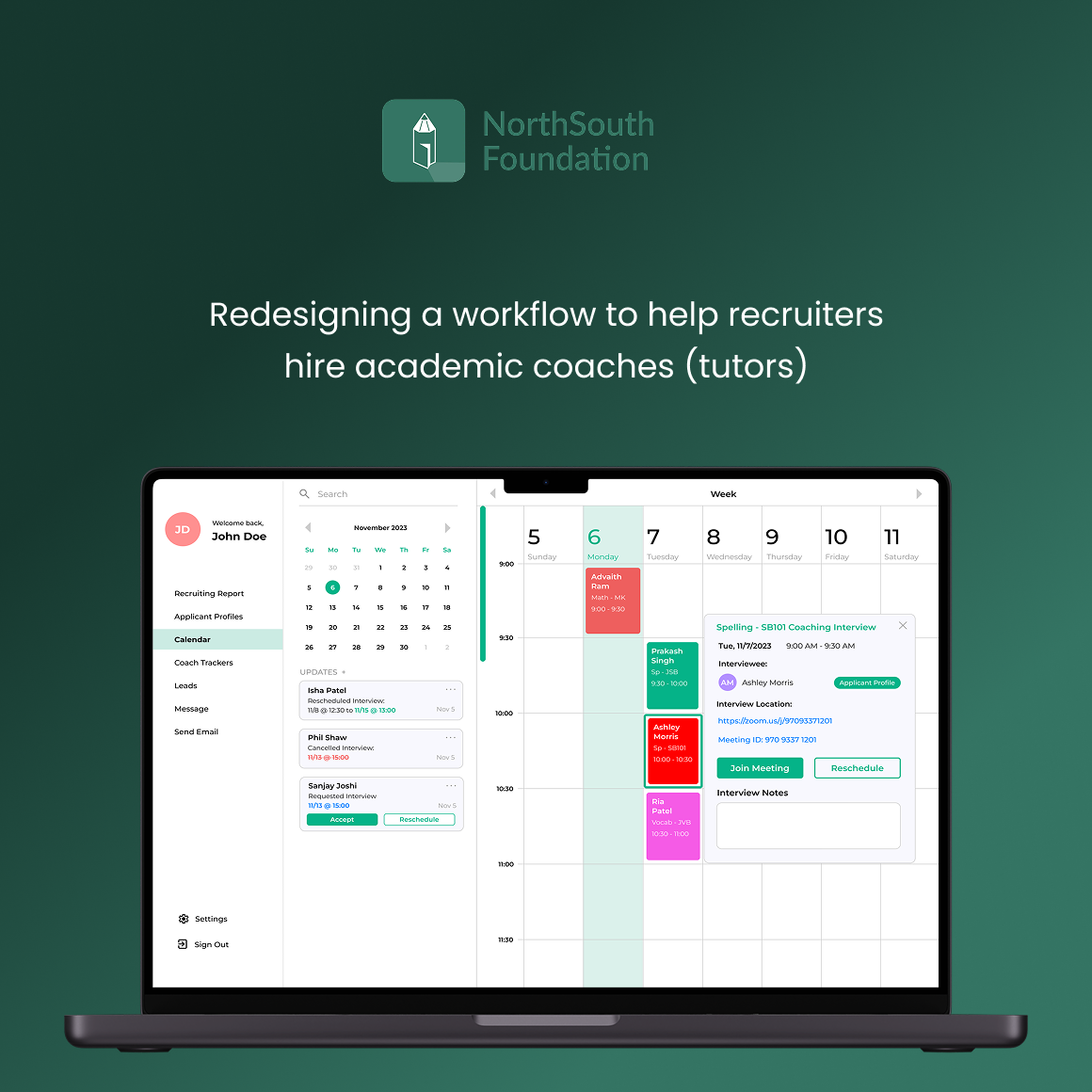
Austin Jazz Society
Creating a better event management system for the jazz lovers and musicians of Austin
Overview
The current Austin Jazz Society’s manual event submission process creates an inefficient workflow. This project aimed to redesign the website with two key features: an enhanced event calendar and an event posting system for musicians.
Through interviews, research, and usability testing, we created a modern, intuitive system. The calendar simplifies event discovery for jazz lovers, while the posting feature allows musicians to manage their events, reducing the manual workload for the AJS team.
My Role
I worked as the UX designer and Researcher on this team. I conducted user interviews, user testing, lo-fi, mid-fi, and hi-fi designing, and collaborative design iteration
Scope
UI/UX Design, UX Research, Prototyping, User Interviews, User Testing, Wireframing
Timeline
4 Months, Started June 2023
The AJS web administrator struggles with the manual event submission process, delaying event approvals and limiting the timely discoverability of jazz performances in Austin.
THE PROBLEM
Current AJS Website
Design an end-to-end event management system that simplifies the event submission process.
GOAL
METHODOLOGIES
Our game plan to tackle the problem
User Research
We conducted 3, 30-minute interviews with jazz enthusiasts, performers, and AJS members to gather pain points and expectations regarding the event management system.
Design Iteration
Using the insights gathered, we developed wireframes and prototypes of the event management system.
Usability Testing
Once we finished prototyping, we conducted 4 usability tests for 2-3 tasks to ensure the system met usability and accessibility standards.
RESEARCH
Why is discovering and promoting jazz events so difficult?
AJS Website Audit
A quick audit of the current AJS website was performed to see why users are having such a stale and frustrating experience.
Insights
We interviewed jazz enthusiasts, performers, and the AJS team to understand the challenges of posting and discovering jazz events. These conversations helped us identify pain points and gather diverse perspectives on website functionality. We also split the affinity map up by notes from the AJS webmaster, jazz enthusiasts, and performers to make sure we get a thorough understanding of each user group’s frustrations
User Interviews
Elias Haslanger
Jazz Performer
“Figuring out how to post events online with templates and making it look attractive does come with a learning curve...it's frustrating.”
Tim Chako
Jazz Enthusiast
“When searching up jazz events near me, I usually get directed to a Facebook page which is not organized...it's usually the same 4 events every time.”
Mike Mordecai
AJS Webmaster
“We want musicians to be able to post directly on the calendar, but we need a way to make sure only jazz events are posted.”
Affinity Map
Overview of Frustrations
Difficulty finding a variety of jazz events.
Repeated exposure to the same 5 events or jazz bars when searching.
Users often redirected to Google Events or Facebook pages with scattered information.
Complicated submission process for jazz performances requiring multiple steps.
Ineffective communication through email for performers to post events.
Difficult for performers to promote their personal information e.g. music links, website, social media links.
Lack of information about venue details and pricing. No way to view ticket availability.
RESEARCH FINDINGS
All user groups expressed frustration with the lack of a streamlined, updated, and reliable system to post and discover events, leading to a stale and disconnected experience within the Austin jazz community.
The AJS web administrator’s manual event submission process is time-consuming and prone to delays, making it difficult for performers to promote their events and for jazz enthusiasts to discover fresh performances. The outdated website design further hinders discoverability, presenting stale event listings that fail to engage users. Performers face frustration due to the uncertainty of their event’s approval status, while jazz enthusiasts struggle to find new and exciting events. These inefficiencies highlight the need for an automated system that streamlines event posting, reduces approval times, and ensures a dynamic, up-to-date platform that fosters a more vibrant jazz community in Austin.
Research Findings
Based on the website audit and user interviews, we compiled three main pain points:
Pain Points
PAIN POINT 1:
Same listings repeatedly show up.
PAIN POINT 2:
Disorganized event information on external platforms.
PAIN POINT 3:
Complicated event submission process for performers.
After analyzing our research findings and identifying key pain points, we refined our initial goal into clear design considerations to guide our process.
Reframed Goals
How might we…
1
Empower jazz performers to have more control over their events.
2
Increase the discoverability of upcoming jazz events.
3
Reduce the manual event submission processes of the AJS team.
4
Enhance user engagement by delivering a more streamlined and enjoyable experience.
I brainstormed an efficient workflow to visualize the end-to-end process, focusing on simplifying the event submission, approval, and discovery steps.
Ideation
Brainstorming a workflow
We translated key research findings into actionable design opportunities. By addressing the specific pain points of both jazz enthusiasts and musicians, we created user-centered solutions that directly improve event discovery and submission processes. This step was crucial in ensuring our design effectively meets user needs and goals to enhance the overall experience.
Translating pain points into design opportunities
Pain Point Addressed
The same listings repeatedly show up.
Goal(s) Addressed
Increase the discoverability of upcoming jazz events.
Design Opportunity
Search events by date, price, and keywords. Can view events by day, week, month, or all future events.
Pain Point Addressed
Disorganized event information on external platforms.
Goal(s) Addressed
-Increase the discoverability of upcoming jazz events.
-Enhance user engagement by delivering a more streamlined and enjoyable experience.
Design Opportunity
Expanded information on event, performers, venue, and ticket options.
Pain Point Addressed
Complicated event submission process for performers.
Goal(s) Addressed
-Empower jazz performers to have more control over their events.
-Reduce the manual event submission processes of the AJS team.
Design Opportunity
Performers can submit events through a template provided, track status, edit events anytime during the process, and AJS officer can approve events that have been submitted.
After reviewing the wireframes as a team, we developed the mid-fi solutions by refining the details and enhancing the design elements. We focused on creating a clear and intuitive UI to ensure that users could easily understand and navigate the interface during usability testing, making the experience both functional and visually appealing.
Developing mid-fi solutions for further insights
Calendar System
Event Submission
USABILITY TESTING
Getting valuable feedback from usability testing participants
User Testing Findings
We covered the user testing phase, which was crucial for validating our design with recruited performers and jazz enthusiasts. Their feedback helped us ensure the features met user needs, allowing us to refine the platform for a more intuitive experience.
4
Participants
100%
Success rate across all tasks
1
Average difficulty rating out of 5
Lots
of feedback and suggestions
Moderated usability testing with two participants was conducted on the interactive prototype, focusing on key tasks:
Searching for upcoming events
Utilizing the calendar filter
Selecting events for details
Calendar system testing insights
Two participants performed tasks to create and revise a jazz event using the think-aloud method.
Event submission testing insights
Redesign
We incorporated the feedback and suggestions we recieved.
An Optimized Workflow: Enhancing jazz event discoverability for enthusiasts and simplifying the event posting process for performers.
FINAL DESIGNS
Final Designs
Each design element reflects our commitment to enhancing the user experience for both jazz enthusiasts and performers, addressing the pain points identified throughout the process. By synthesizing feedback and incorporating key features, these designs aim to create a seamless and engaging platform for discovering and sharing jazz events.
Utilize filters to discover your ideal events
Users can choose their preferred location, date range, and price range.
Explore the complete jazz event calendar
Users can explore events on a daily, weekly, monthly, or future basis.
Obtain comprehensive details about the event
Details are presented in a well-organized manner, providing clear information about the event, performers, venue, ticket pricing, and more.
Performers have a straightforward system to stay informed and organized regarding their posted events.
Managing and tracking event postings
Performers can easily complete the template with all the necessary details, including performer information, music samples, multimedia links, and ticket pricing, that they wish to showcase.
Easy-to-follow event posting template
After completing the template, performers can preview how their event page will appear before submitting it for approval. They can also return and make edits as needed.
Previewing and submitting events
Measuring Success
To validate the success of our designs, we distributed a survey to both jazz enthusiasts and performers. The feedback allowed us to compare the usability and overall experience of the old website with our redesigned version, helping us measure improvements in clarity, engagement, and satisfaction.
User Satisfaction
125% relative increase in user satisfaction
User Engagement
60% overall increase in user engagement
What I Learned…
Value of Early Iteration
Iterating on low-fidelity wireframes early in the design process allows for efficient exploration of concepts and collection of stakeholder feedback. This approach helps to align the project direction before committing to high-fidelity designs.
Strength in Collaboration
Collaborating closely with stakeholders and team members throughout the project enhanced the design process. Sharing ideas and feedback fostered a more robust understanding of user needs and ensured that the final design met diverse perspectives.
The Value of User Research
Conducting user research is essential for uncovering pain points and identifying design opportunities. In-depth user interviews provided valuable insights into user needs, helping to inform the design process.
What's next for this project
User Testing of High-Fidelity Designs: Conduct additional and deeper user testing with high-fidelity prototypes to gather feedback on the visual design and interactions. This will help identify any usability issues before the final implementation.
Implementation and Development: Collaborate with developers to implement the approved designs into the live AJS website. Ensure that the design translates effectively into a functional product.
Accessibility Audit: Conduct a thorough accessibility audit of the website to ensure compliance with relevant guidelines and to identify areas for enhancement. This will help make the platform inclusive for all users.




